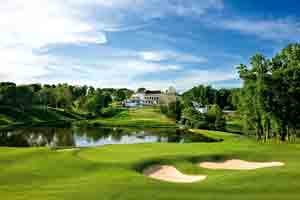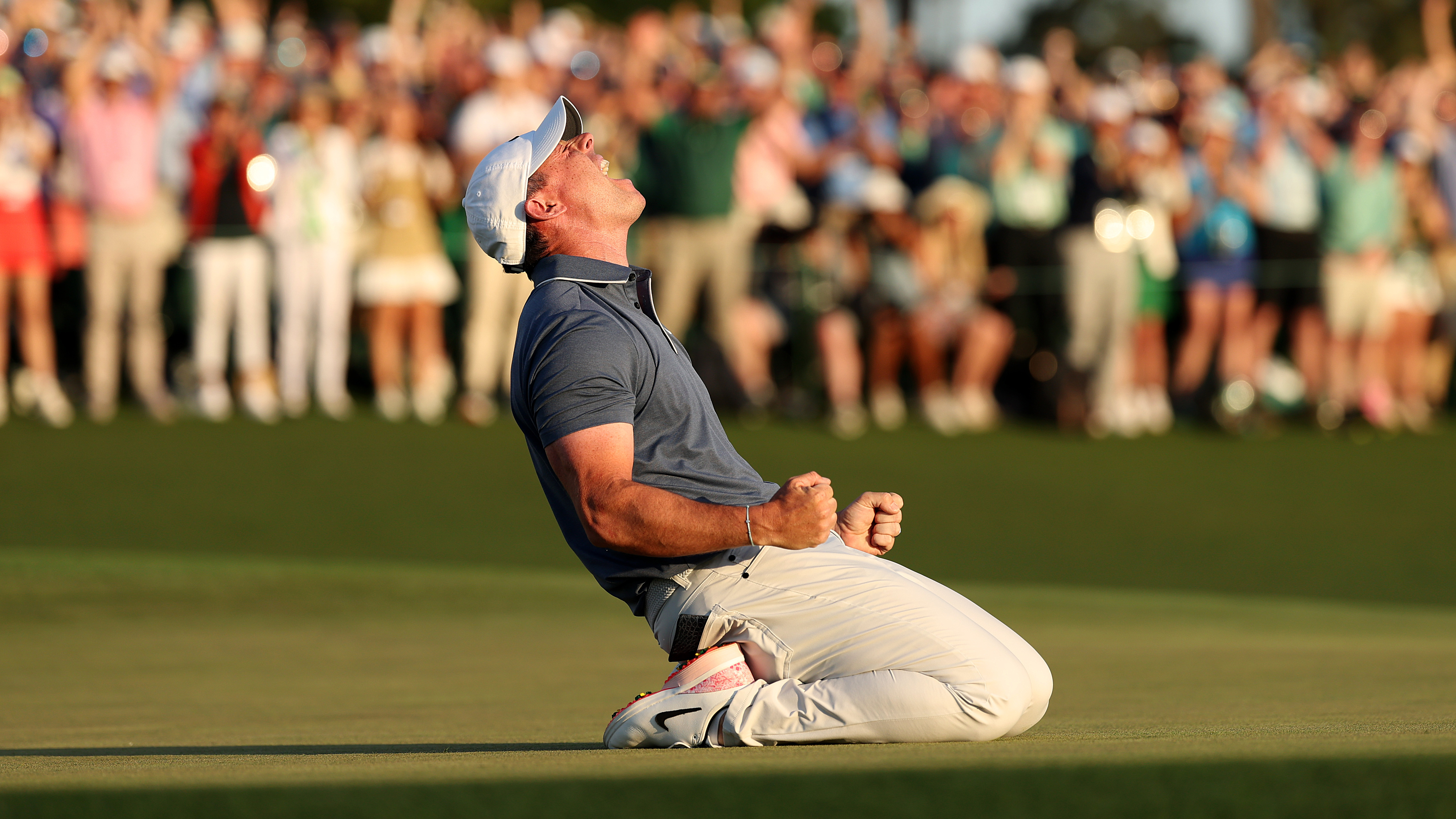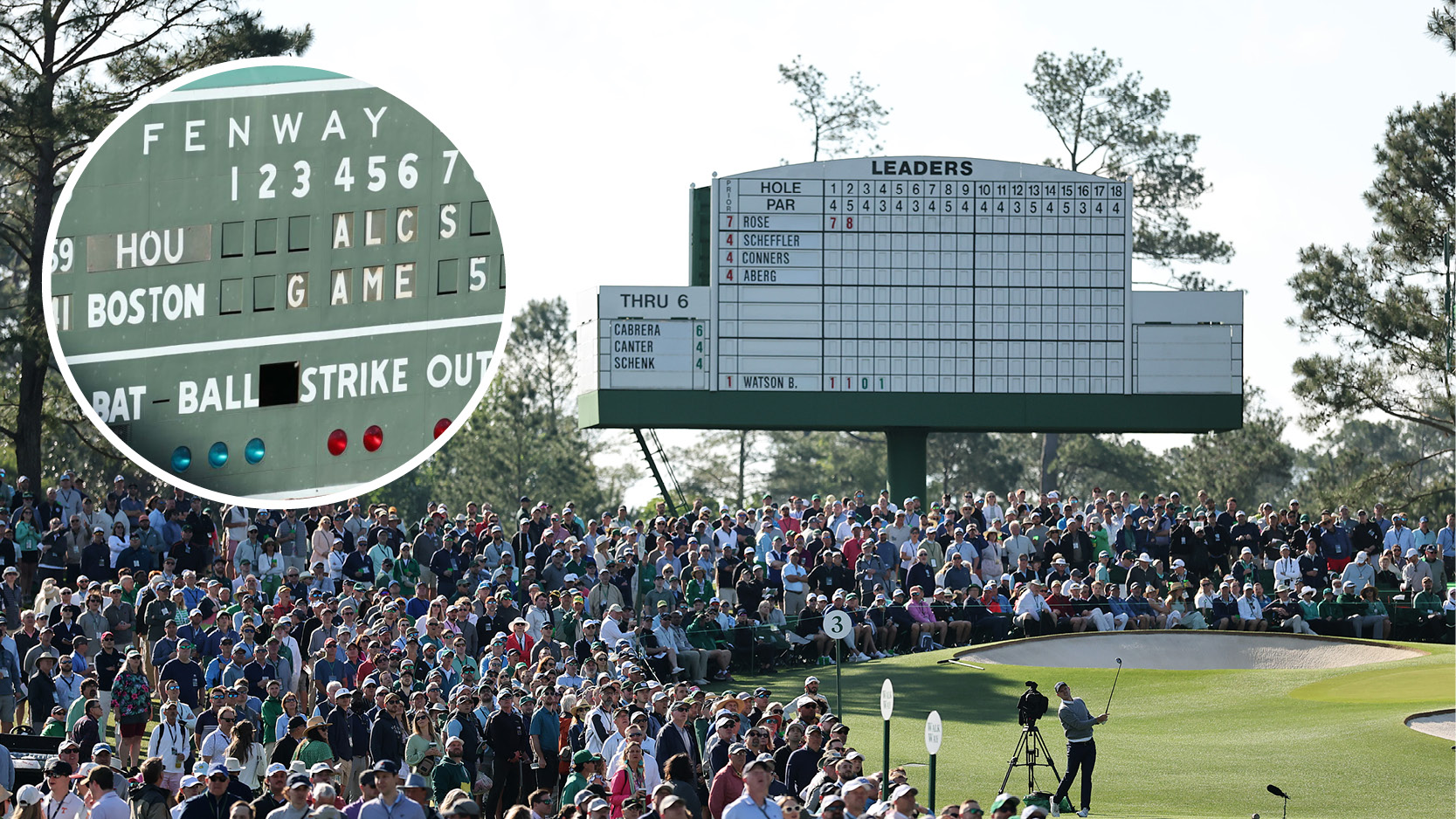US Open course: Congressional Country Club
The Blue Course at Congressional Country Club in Maryland will host the 2011 US Open


This June, Congressional Country Club in Bethseda, Maryland, will host the 111th US Open Championship. It will be the third time the club's Blue Course has staged golf's most gruelling strokeplay event.
Located just outside Washington D.C., Congressional Country Club has always maintained political connections. In fact, when it was founded in 1924, Presidents William Howard Taft, Woodrow Wilson, Warren G. Harding and Calvin Coolidge were founding life members. It remains an exclusive club with a significant waiting list and annual subscription. But, during the third week in June, the golf public will be given a view of this fabulous old course as the world's best players battle it out for the year's second Major Championship.
The Blue Course was designed by Devereux Emmet, but Robert Trent Jones was employed to make alterations in preparation for the club hosting the 1964 US Open. In that memorable event, the final day's 36 holes were contested in sweltering temperatures of over 100 degrees. Ken Venturi came out in round three and fired a superb 66 to get within two of Tommy Jacobs. But the heat took its toll on the American and a doctor advised he didn't play the last round. That was never an option though and, despite becoming increasingly disoriented, Venturi shot a 70 to win by four. It was an awesome display of grit and determination.
Congressional was revamped again prior to the 1997 US Open, this time by Robert Trent Jones' son, Rees. Ernie Els won, beating Scotland's Colin Montgomerie by a single shot. Rees Jones has made one further significant alteration to the Blue Course that will be a factor this June. The 18th was a par 3, but the USGA decided it unfitting as a 72nd hole for a Major. So, the old 18th now plays as the 10th. The old 17th, a long par 4 with water in front of the green, now plays as the 18th.
On June 16 Graeme McDowell will begin his US Open defence. He will have to deal with Congressional's thick rough, narrow fairways and firm greens. At 7,574 yards it will be an extremely demanding, yet fascinating test.
Get the Golf Monthly Newsletter
Subscribe to the Golf Monthly newsletter to stay up to date with all the latest tour news, equipment news, reviews, head-to-heads and buyer’s guides from our team of experienced experts.

Fergus is Golf Monthly's resident expert on the history of the game and has written extensively on that subject. He has also worked with Golf Monthly to produce a podcast series. Called 18 Majors: The Golf History Show it offers new and in-depth perspectives on some of the most important moments in golf's long history. You can find all the details about it here.
He is a golf obsessive and 1-handicapper. Growing up in the North East of Scotland, golf runs through his veins and his passion for the sport was bolstered during his time at St Andrews university studying history. He went on to earn a post graduate diploma from the London School of Journalism. Fergus has worked for Golf Monthly since 2004 and has written two books on the game; "Great Golf Debates" together with Jezz Ellwood of Golf Monthly and the history section of "The Ultimate Golf Book" together with Neil Tappin , also of Golf Monthly.
Fergus once shanked a ball from just over Granny Clark's Wynd on the 18th of the Old Course that struck the St Andrews Golf Club and rebounded into the Valley of Sin, from where he saved par. Who says there's no golfing god?
-
 Rory McIlroy Wins The Masters In Playoff To Complete Career Grand Slam
Rory McIlroy Wins The Masters In Playoff To Complete Career Grand SlamThe Northern Irishman battled past Ryder Cup teammate, Justin Rose to finally seal his first Masters title and become the sixth man to win all four men's Majors
By Jonny Leighfield Published
-
 Did You Know The Masters Leaderboard Was Inspired By Fenway Park?
Did You Know The Masters Leaderboard Was Inspired By Fenway Park?The Masters leaderboards are an iconic and historic part of the Augusta National Major, but did you know about its origins and how it operates today?
By Matt Cradock Published